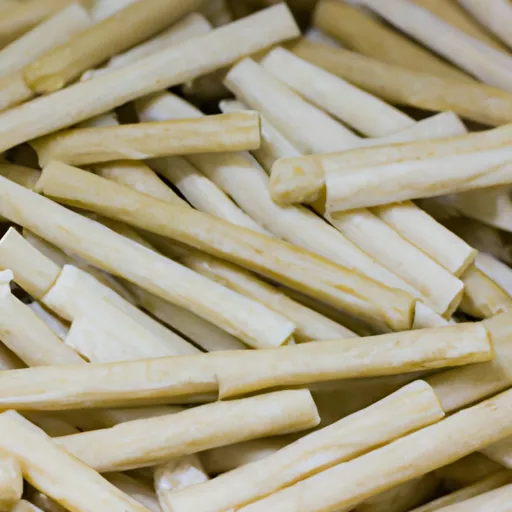little white cigars

As a lover of fine cigars, I have always been intrigued by the smaller, less talked about counterpart – little cigars. These miniature versions of traditional cigars may seem insignificant to some, but to me, they are a hidden gem in the world of tobacco. In this article, I will take you on a journey to explore the fascinating world of little cigars.
First and foremost, let’s address the most commonly asked question – what exactly are little cigars? To put it simply, they are smaller versions of regular cigars, with the main difference being the size. Little cigars are typically less than 4 inches in length and have a ring gauge (diameter) of 27-29. This makes them significantly smaller than traditional cigars, which can range from 5 to 8 inches in length with a ring gauge of 40-60. But don’t let their size fool you, little cigars still pack a punch when it comes to flavor and aroma.
Now that we have established what little cigars are, let’s dive into their history. Little cigars have been around for centuries, with some of the earliest records of their existence dating back to the 1700s. However, they gained immense popularity in the United States during the mid-1800s, thanks to the surge in demand for affordable tobacco products. In those times, little cigars were hand-rolled and made with lower-grade tobacco, making them affordable for the masses. They were often a go-to choice for soldiers during the Civil War and soon became a staple in the American cigar market.
In the 20th century, little cigars faced a decline in popularity due to the rise of cigarettes. However, in recent years, there has been a resurgence in their popularity, with more and more people turning to little cigars as an alternative to traditional cigarettes. This can be attributed to the fact that little cigars offer a smoother and milder smoking experience, making them an ideal choice for those looking to switch from cigarettes.
So, what makes little cigars different from cigarettes? Despite their size, little cigars are still made with high-quality tobacco, just like traditional cigars. This means they offer a richer and more robust flavor profile than cigarettes. Little cigars are also wrapped in tobacco leaf, unlike cigarettes which use paper for the outer layer. This gives little cigars a more authentic and luxurious smoking experience. Additionally, little cigars are usually flue-cured or air-cured, giving them a more natural and less processed taste compared to cigarettes.
One of the most significant advantages of little cigars is their affordability. Compared to traditional cigars, little cigars are much more budget-friendly, making them a perfect choice for those who enjoy smoking but are on a tighter budget. Despite their lower price, little cigars still offer a premium smoking experience, making them a fantastic value for money.
Now, let’s talk about the different types of little cigars. Just like traditional cigars, little cigars also come in a variety of types and flavors to suit everyone’s preference. Some of the most popular types of little cigars include filtered, flavored, and unfiltered. Filtered little cigars, as the name suggests, have a filter at the end to provide a smoother and more comfortable smoking experience. Flavored little cigars come in a wide range of options, from fruity to clove, adding a unique twist to the smoking experience. Lastly, unfiltered little cigars are the closest to traditional cigars, offering a strong and bold flavor.
One of the biggest misconceptions about little cigars is that they are not as high quality as traditional cigars. However, this is far from the truth. Little cigars are still made with premium tobacco, just like traditional cigars. The only difference lies in their size, making them a more convenient and affordable choice for everyday smokers. They also offer the same health benefits as traditional cigars, such as a lower risk of developing lung cancer compared to cigarettes.
When it comes to smoking etiquette, little cigars are often treated the same way as traditional cigars. In social settings, it is considered proper etiquette to only take a few puffs and then place the cigar in an ashtray instead of extinguishing it. However, since little cigars burn faster than traditional cigars, this etiquette can be a bit tricky to follow. Some smokers prefer to fully smoke little cigars, while others may choose to stub them out after a few puffs. Ultimately, it comes down to personal preference and respecting the people around you.
In conclusion, little cigars may be small in size, but they offer a big smoking experience. With their rich flavor, affordability, and convenience, they have made a remarkable comeback in the world of tobacco. Whether you’re a seasoned cigar smoker or looking to try something new, little cigars are definitely worth adding to your repertoire. So go ahead, light up a little cigar and experience the unique and enjoyable smoking experience they have to offer.